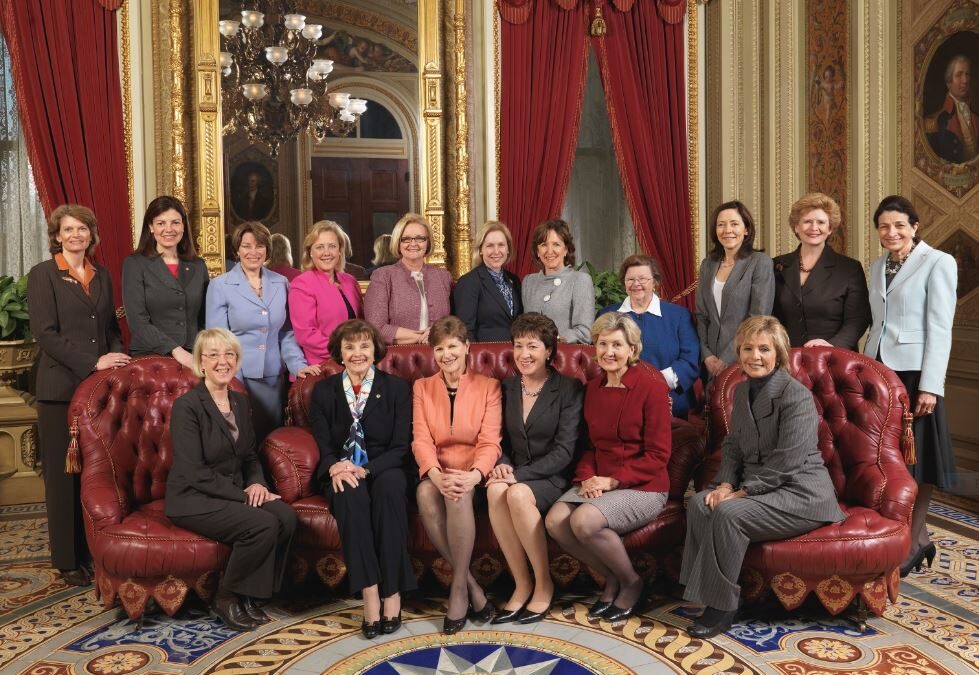Image from the U.S. House of Representatives (History, Art, & Archives)
In 1992, U.S. voters elected more new women to Congress than had ever previously been elected at once, thus leading to 1992 being dubbed “The Year of the Woman”.
Galvanized in part by a record-breaking 117 women on the ballot for federal office, voter turnout among women surged, ultimately resulting in 24 women being first-time elected to the U.S. House of Representatives, and tripling the number of women serving in the U.S. Senate.
Among the women elected to the House that year was Texan Eddie Bernice Johnson, who represents Dallas County in Congress to this day (2020). The following year, Texan Kay Bailey Hutchinson joined the ranks of first-time women senators after a special election made her the first woman senator in Texas history.
The Year of the Woman is also noteworthy because it ushered in an era of increased representation of women of color at the federal office level: Out of the 58 African-American, Hispanic-American, and Asian-Pacific-American women legislators who have served in Congress, 47 were elected between 1992 and 2016.
Twenty-six years later, the spirit of the Year of the Woman was resurrected in the 2918 midterm election, when a record-breaking 255 women ran for governor and for Congress, with corresponding surges in woman candidacy for state and local offices.
South Dakota elected its first woman governor (Kristi Noem) in 2018, while Tennessee sent its first woman to the U.S. Senate (Marsha Blackburn).
2018 also saw the first-ever election of Native American women to Congress: Deb Haaland of New Mexico and Sharice Davids of Kansas.
Additional Learning:
U.S. House History: “The Year of the Woman, 1992”

